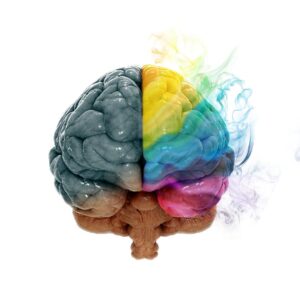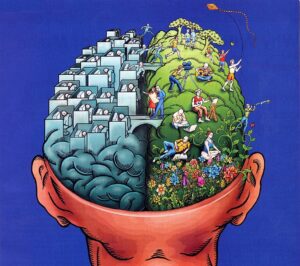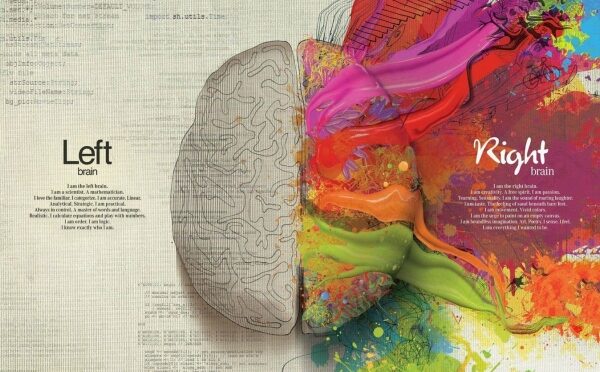Whether well-intentioned essentialist philosophy, or jokes with harmful undertones, the supposed differences between male and female brains is quite the common conversation.

However, according to a new study published in the Proceedings of the National Academy of Sciences, it is time to discard whatever we feel about these two supposed ‘classes’ of brain.
The research concludes that brains can’t be categorically separated according to gender, but rather there is a large spectrum of brain features which are too complex to assign to any particular group.
This is an exciting report for those who study gender, and one step further to acknowledging those who don’t identify as either male or female.
“Whereas a categorical difference in the genitals has always been acknowledged, the question of how far these categories extend into human biology is still not resolved,” the authors wrote in the study.
People have always tended to point to evidence that differences in brain structure and behavioral difference between males and females prove that brain types or tendencies can be labeled as ‘male’ or ‘female.’ However, as the authors note, these purported differences would have to be consistent across the spectrum. For example, those who are biologically female would nearly always have to have these supposed ‘female’ features if this were true.
 The study examined the MRI’s of 1,400 people, and researchers led by Daphna Joel of Tel Aviv University discovered that crossovers in traits were very common.
The study examined the MRI’s of 1,400 people, and researchers led by Daphna Joel of Tel Aviv University discovered that crossovers in traits were very common.
The scientists believe that their study is the first to look for gender-based brain differences using the brain as a whole rather than looking at individual parts.
“Nobody has had a way of quantifying this before,” said neuroscientist Lise Eliot of the Rosalind Franklin University of Medicine and Sciences’ Chicago Medical School in Illinois (who was not involved in the study), told Science Magazine. “Everything they’ve done here is new.”
The authors did note the discovery of brains that had ‘entirely male’ or ‘entirely female’ features, but that these were few. Indeed, brains “with features that are consistently at one end of the “maleness-femaleness” continuum are rare,” they said.
“Rather, most brains are comprised of unique ‘mosaics’ of features, some more common in females compared with males, some more common in males compared with females, and some common in both females and males.”
According to Bruce McEwen of Rockefeller University, editor of the study: “We are beginning to realize the complexity of what we have traditionally understood to be ‘male’ and ‘female,’ and this study is the first step in that direction,” he said. “I think it will change peoples’ minds.”
Many who fight to do away with typical notions of gender will likely celebrate this finding. Joel herself said that it was her wish that this study do just that: destruct common assumptions on gender differences.
“We separate girls and boys, men and women all the time,” she said. “It’s wrong, not just politically, but scientifically — everyone is different.”

